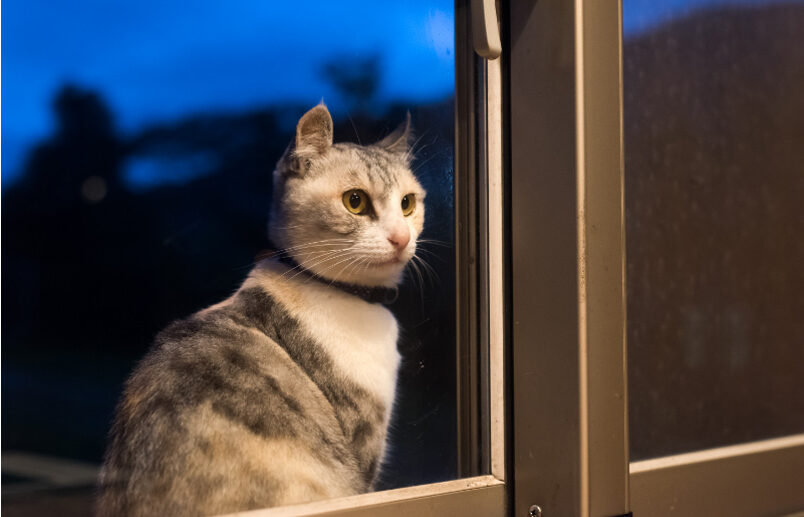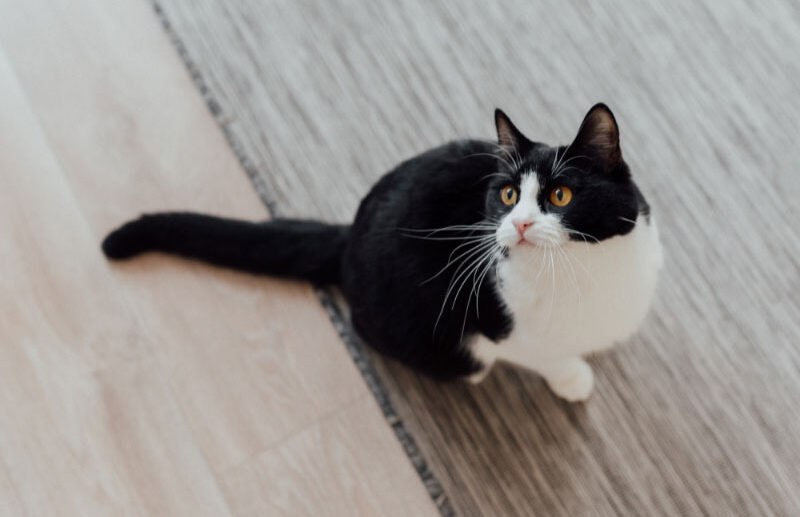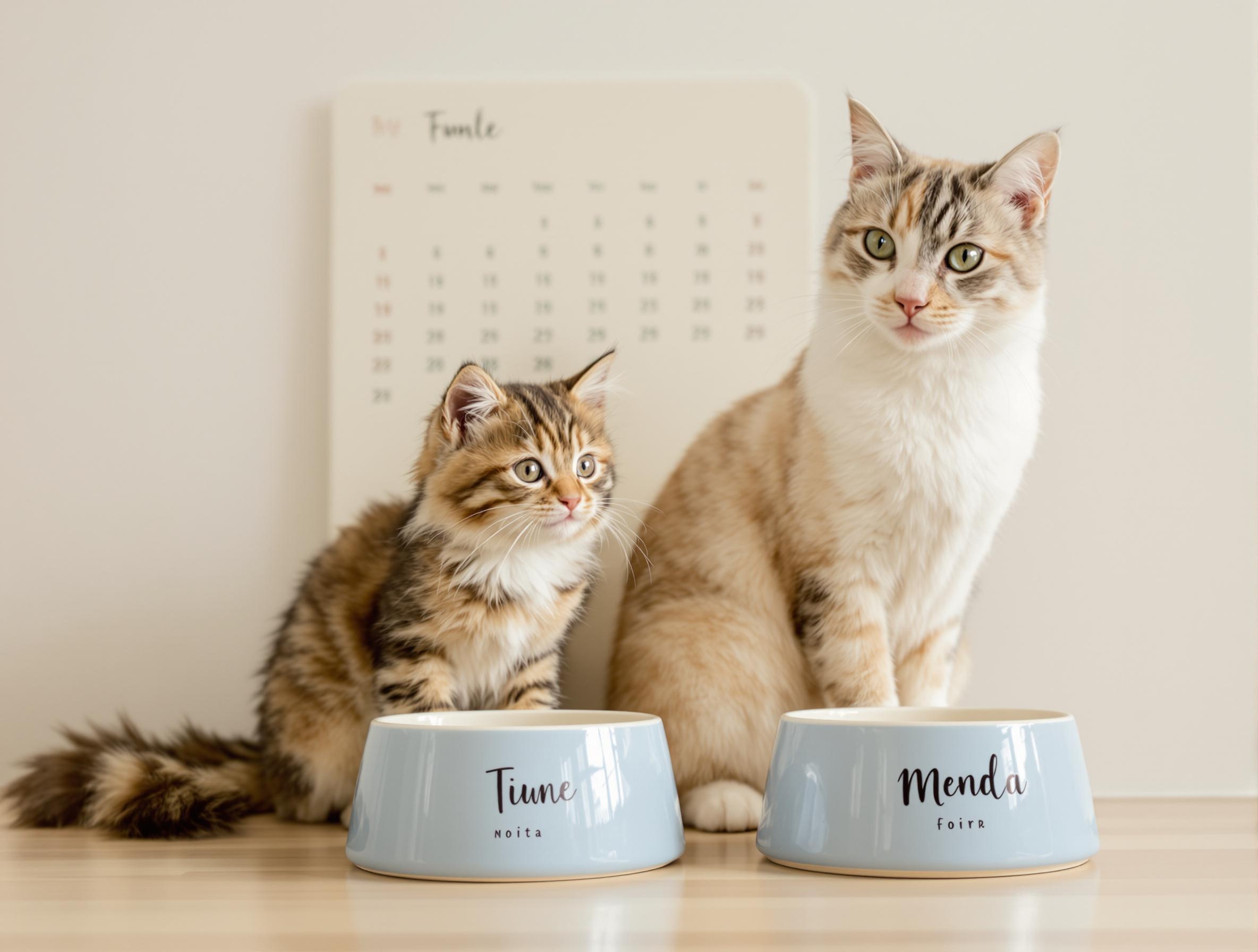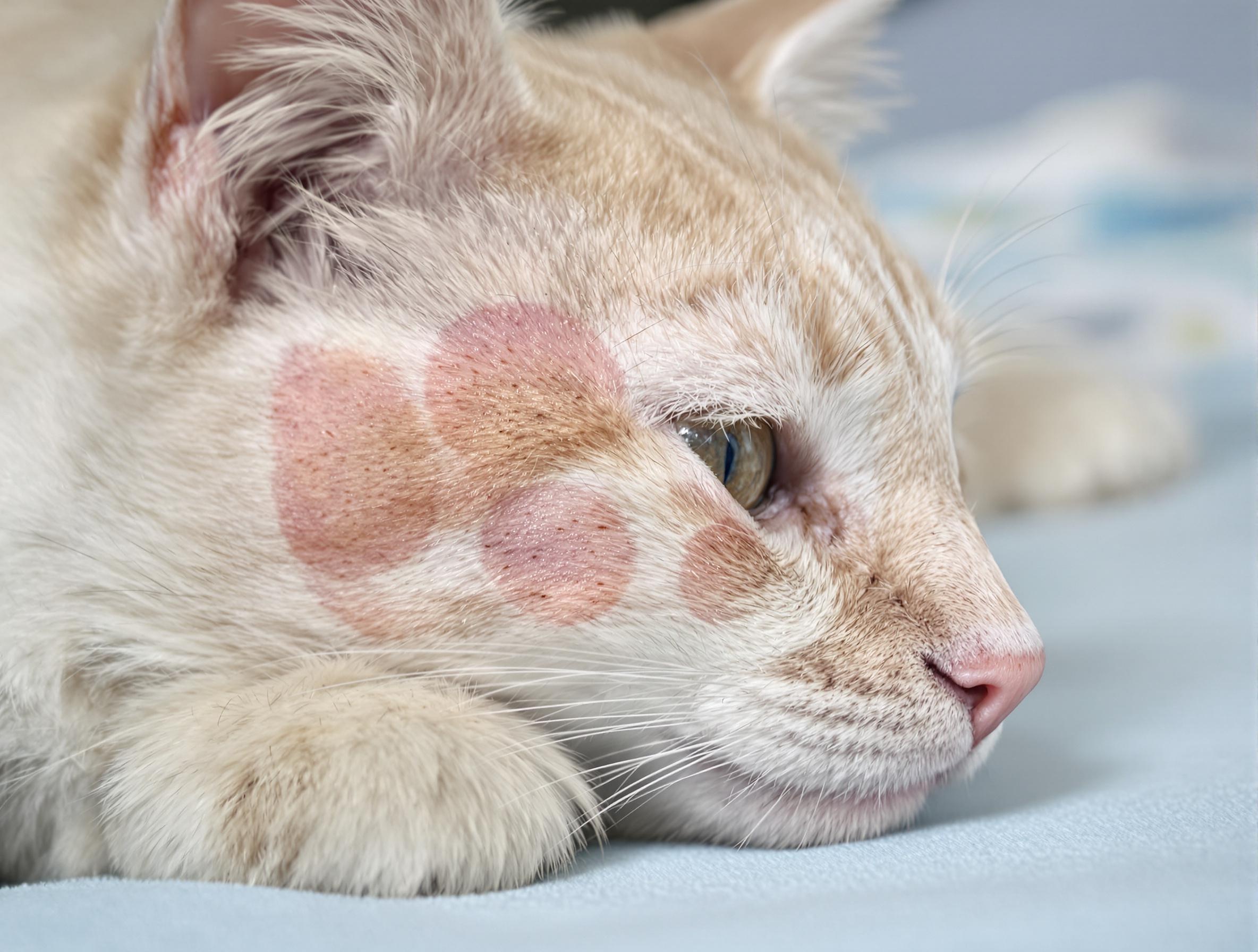How To Keep Outdoor Cats Warm in the Winter
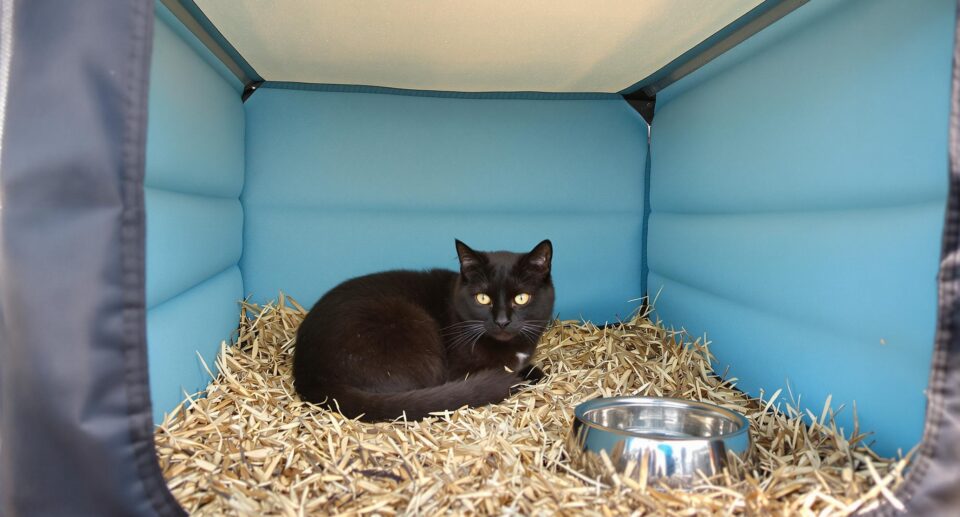
While every cat deserves to spend the winter curled up in a nice, warm bed, that might not be possible for your outdoor cats, whether you care for community cats or are otherwise unable to bring your feline friends indoors. You can help your outdoor cats stay safe and comfortable this winter with these helpful tips.
1. If you must let your cat out, start early in the season.
Cats begin to grow a thick undercoat in the fall when the days begin to shorten. Exposure to gradually cooler weather and shorter periods of sunlight prompt the growth of a thick, warm coat.
2. Create an insulated, weather proof shelter.
Even the thickest winter undercoat will not offer any warmth if your cat is exposed to wet, rainy or snowy conditions. They will need a shelter to survive the winter, and with the right insulation, it can actually trap their body heat and help them stay warmer. Community cat organizations and rescue groups have detailed guidelines on created insulated shelters for cats with cheap storage tubs. It’s best to line the shelter with straw. Straw, made from the stalks and stems of grain crops, doesn’t collect moisture or mold as easily as other bedding materials. Check the shelter regularly and change bedding to ensure it’s always clean and dry.
3. Provide extra calories to fuel warmth.
In the winter, animals may burn twice to three times as many calories as they would on a warm day. Outdoor cats can usually benefit from additional calories as long as they are not overweight. You can give larger portions, free-feed with dry food, or even feed kitten food, which is higher in fat and protein than adult cat food.
4. Keep outdoor cats hydrated.
Dehydration lowers your cat’s blood volume, slowing circulation and impairing their ability to stay warm. Make sure your outdoor cats always have access to fresh, clean water, and ensure that it has not frozen over. Consider using electric heated bowls, if possible, to keep drinking water from freezing.
5. Consider using heated beds or shelters.
A heated bed can keep your cat’s shelter at the perfect temperate, and it’s surprisingly easy to set up. Avoid using heated blankets or beds designed for humans or made for indoor use. A heated bed or cat house designed for outdoor use will be safe to use even in inclement weather. Always follow the manufacturer instructions to avoid creating a fire hazard. For example, most cannot be used with straw or other bedding, but will provide ample heat when used on their own.
How Cold is TOO Cold For Outdoor Cats?
Outdoor cats can acclimate to cold winter temperatures, roaming during the coldest hours of the night to stay warm.
But when it’s below freezing, or under 32 degrees Fahrenheit, even the most well-acclimated, well-cared-for outdoor cats are at risk for hypothermia, or dangerously low body temperature. Their delicate ears, paws, and tail can become frostbitten.
If you’re unable to provide adequate shelter for your outdoor cats, reach out to your local community cat rescues, who may have resources to help care for cats in the winter.

